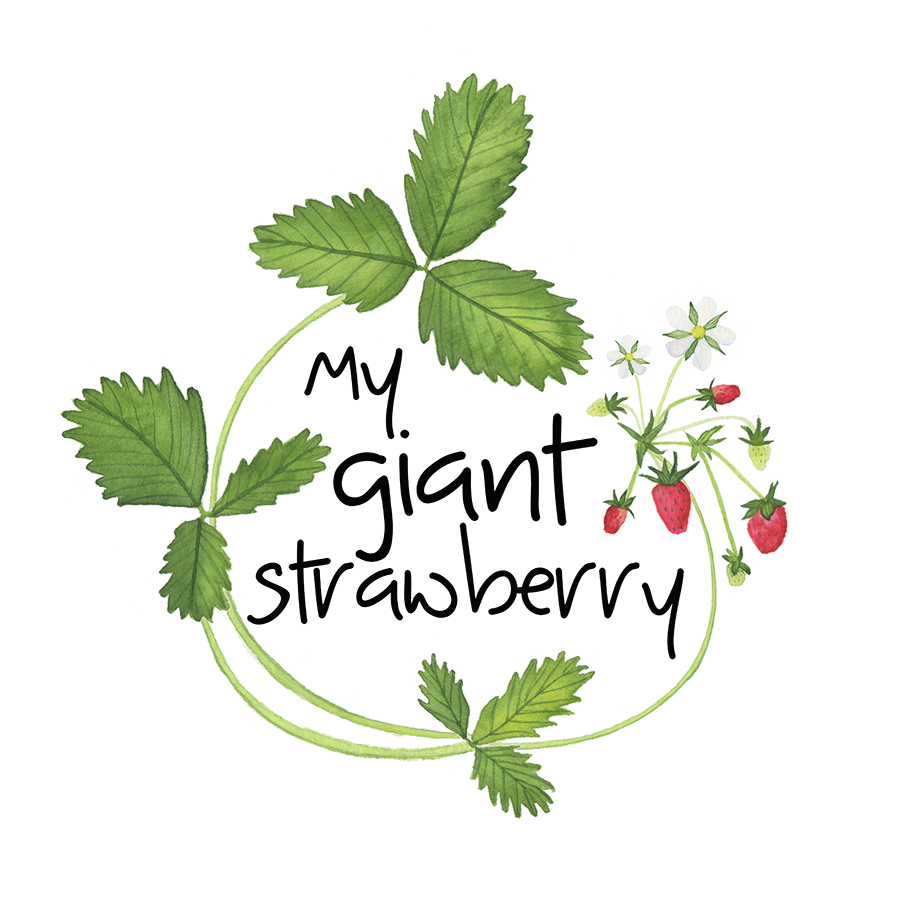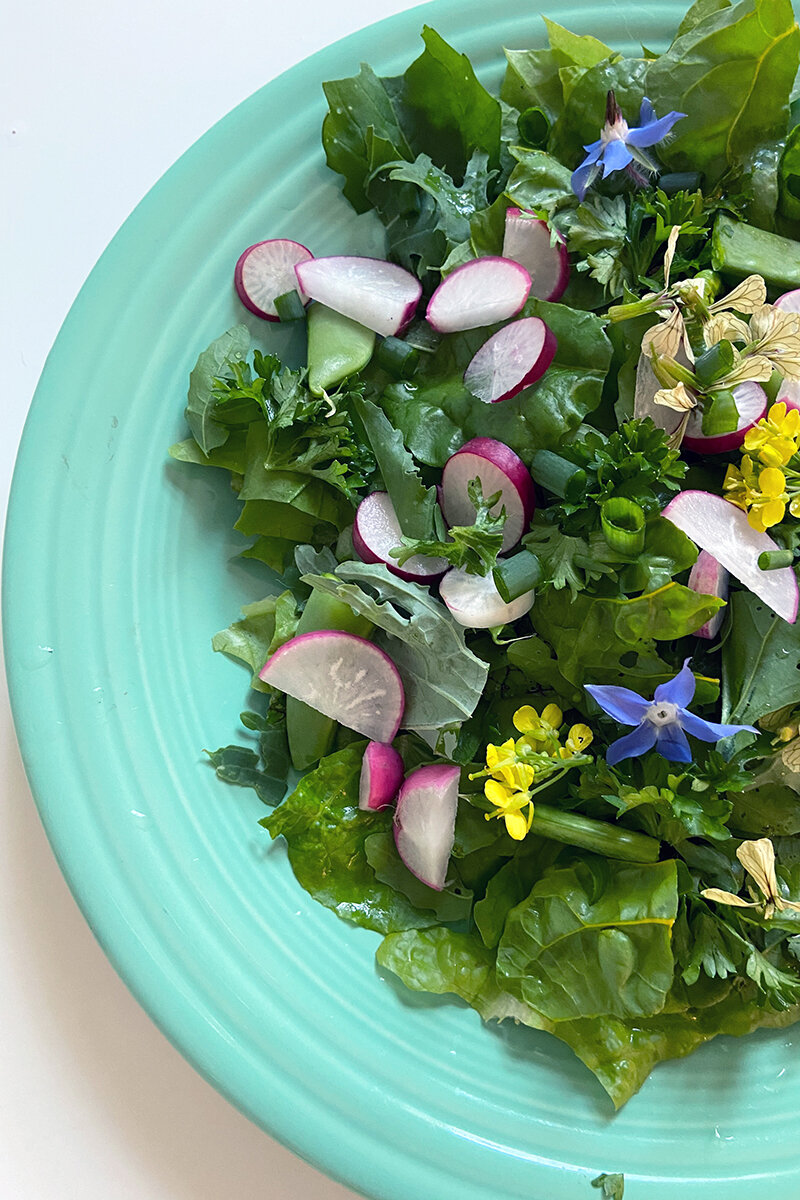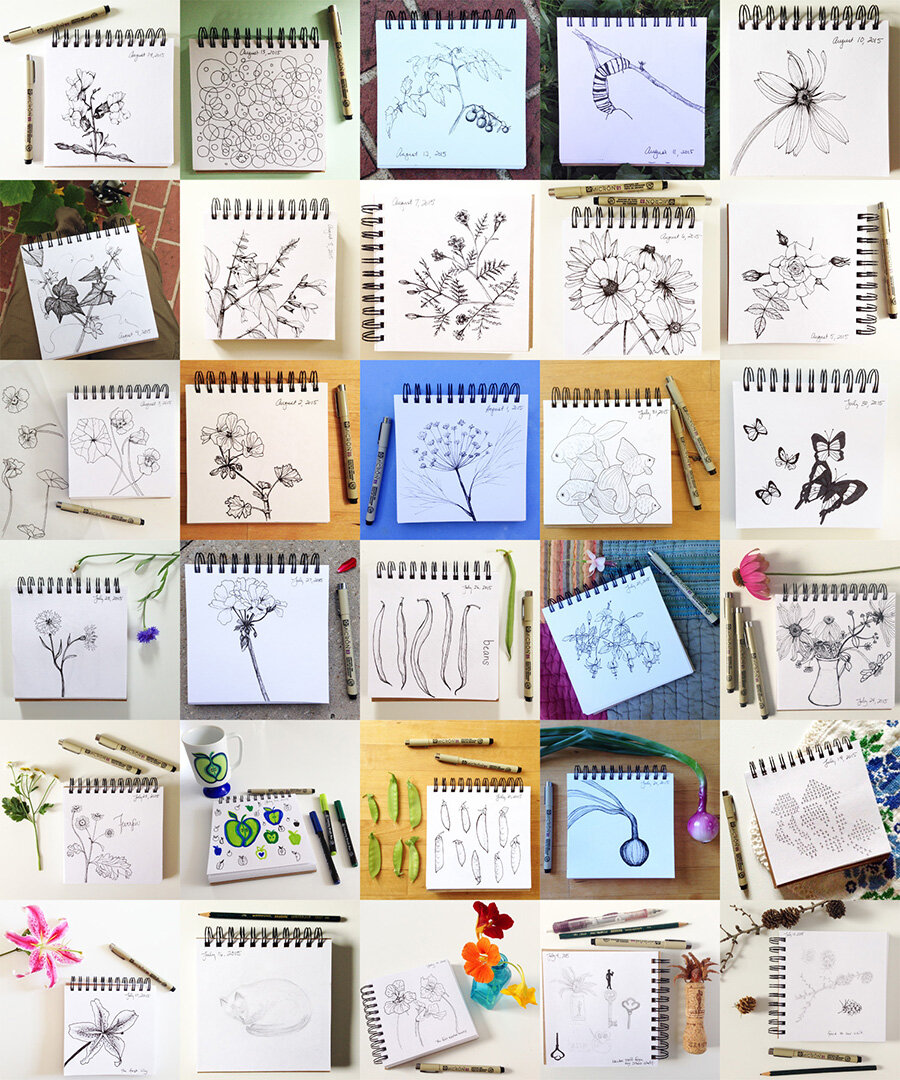10 Lessons from 10 Years of Learning How to Paint
You’ve quieted your mind and listened to the whispers. Your heart longs to learn something new, to be creative, to craft a different life.
Now what?
How do you go from dreaming to doing? How do you let go of fear and start creating?
Good question.
It’s hard to overcome fear. Even when you have a clear idea of what you want, it’s hard to hurdle inertia and uncertainty.
I started painting for the first time in November 2010, but I’d been dreaming of it for years before I did. To be 100% honest, I picked up a paintbrush once or twice before that November, but fear halted me and I couldn’t even finish a painting.
I don’t know what I’m doing. I’m not an artist. I can’t paint.
Sound familiar?
Fear. It’s strong, isn’t it? But you and I are not the only ones who feel it.
“I've been absolutely terrified every moment of my life and I've never let it keep me from doing a single thing that I wanted to do.”
—Georgia O’Keeffe
In her book Big Magic Elizabeth Gilbert talks a lot about fear. One thing she says is:
“Your fear will always be triggered by your creativity, because creativity asks you to enter into realms of uncertain outcome, and fear hates uncertain outcome.”
I didn’t pick up my paintbrush for years because I was afraid of what I’d find out if I did.
Perhaps I’d learn I didn’t know how to paint. How silly, though, because of course I didn’t know how to paint when I’d never done it before.
I have no idea what I’m doing.
Saying it can keep us from even trying. But it doesn’t have to.
“If you hear a voice within you say you cannot paint, then by all means paint and that voice will be silenced.”
— Vincent van Gogh
For this week’s 10 Year Painting Celebration, I want to share 10 of the biggest lessons I’ve learned over the last decade. I hope they’ll be helpful for you on your creative journey.
Give yourself time to be a beginner.
Make mistakes. Make a mess. Experiment. Fail. Being a beginner can be freeing. There are no rules. If what you create looks like a beginner made it, perfect because you are a beginner. We want to be good right away. Resist that urge. And resist the urge to compare yourself to anyone else, especially someone who’s been creating ten times as long as you have.
Let creativity take over your life.
Creativity fuels more creativity. Try new things. Experiment with a new recipe. Learn a new crochet stitch. Dance a new dance. It feels good. It’s satisfying. Fulfilling. Having other creative outlets to dabble in helps take the pressure off if you’re feeling stuck or uninspired. It’s also fun, which leads me to my next piece of advice.
Be creative in everything you do
Have fun. Play. Enjoy yourself.
If you’re not enjoying the process, why are you doing it?
Seriously.
Ask yourself that question. Or ask yourself why you’re not enjoying the process. Creating, making art is joyful. Yes, it can also help you work through other emotions, but I believe making needs to be fun.
Lilla Rogers tells artists hoping to make a living from their art: “people buy your joy.” It’s good advice. Even if you have no intention of selling your creations, you need to enjoy the process.
Make it a habit.
The best way to propel your art is to make creating a daily habit. Even if you have only 15 minutes to create, 15 minutes a day quickly adds up. (Over a year it’s more than 91 hours!).
How do you form a habit? One way is to set a specific time for creating and stick to it. If you’re a morning person, wake up 15 minutes earlier and spend those extra minutes creating. Or maybe create over your lunch break. Or as part of your before-bed ritual.
Find a time that works for you and stick to it. If you miss a day, be gentle with yourself. There’s always tomorrow. But try not to miss more than one or two days in a row or it will be hard to get back into your rhythm.
30 days of my daily sketchbook practice from 2015
Participate in challenges.
To help you stick with creating and give your practice structure, a challenge can be a great motivator. In 2010 I started with Art Every Day Month and over the years I also participated in Paint Party Friday, 30 Paintings 30 Days, Pattern a Day and others. You’ll find many challenges on the internet and social media. Posting what you create online can help hold you accountable, but I’ll also caution you not to feel obligated to share if you find it stifling your creativity. The need to “look good” can keep you from experimenting and risking failure. Listen to your gut and do what feels right.
Some Paintings from When I Participated in the 30 paintings 30 Days Challenge in 2015
Release yourself from pressure.
Commit to creating regularly (if not daily). Participate in challenges if they feel right to you. But don’t put undue pressure on yourself. A bit of discipline will help you keep going, but negative self-talk won’t, neither will pressuring yourself to speed up the learning process or trying to support yourself with your art before you’re ready. Pressuring yourself, in whatever form it takes, will stifle your creativity (and make it less enjoyable, too).
Take classes.
It’s easy to find classes online for just about anything you could dream of learning. Sites like Skillshare, Creativebug and Craftsy are filled with inspiration for your next creative adventure. (Even better, they help support other artists). Take advantage of any learning opportunity you can find. When I was starting out I never found a watercolor class that taught what I wanted to learn. But I took many other classes and I still do. I love the idea of being a lifelong learner, of trying new things and filling my life with creativity.
One thing to keep in mind with any class (or book or advice), not every piece of advice will resonate with you. Not every technique will fit your style or work with where you are on your journey. That’s ok. Embrace what works for you and leave the rest. Creating is as unique as every individual.
Reach out to artists you admire.
Reach out and thank them for what they do. Reach out for advice or with questions. And when you feel ready, reach out and invite collaboration. Of course, not everyone will respond, but you’ll probably be surprised by how many do.
I’m currently working on my 3rd interview series (find the first here and the second here). It was a bit scary approaching some of the people I interviewed, but the responses were, for the most part, wonderful.
Other collaborations, like my sketchbook projects with Dana Barbieri, pushed me and inspired me and left a lasting mark on my creative practice. Reaching out creates community. Community helps us to keep going and it challenges us to improve.
a spread from my first sketchbook collaboration with Dana Barbieri
Focus.
This might sound contradictory to “Let Creativity Take Over Your Life”, but I think you can exercise creativity in multiple areas of your life and also remain focused.
One of the best things I did for my painting development was to make it my primary focus. Up until then my focus was split between sewing, crochet and painting. I still sew and I still crochet, but my main creative focus is art.
It’s so much easier to develop a skill when you’re not splitting your time and energy developing multiple skills at once. It’s a hard decision — although I knew it was necessary — I dragged my feet. As soon as I committed fully to painting, my art took off.
Practice patience.
In my new Skillshare class, I share the most important skill you need to learn in order to take your watercolors to the next level. Spoiler alert: that skill is patience. And it’s not just important for watercolor. It’s important for any creative endeavor.
Be patient with your art or craft. Be patient with the process of learning. And be patient with your progress. Learning something new takes time. Give yourself that time.
It’s not easy to go from dreaming to doing, but I hope now you’re ready to silence the voices saying you can’t.
What are some of the most important lessons you’ve learned on your creative journey? Share them in the comments for a chance to win my 2021 desk calendar.
I’ll announce the winner of the calendar next week (good luck!).
➨EDIT: The giveaway is now closed. Congratulations to Nichole W. who won the calendar!
And to help you with developing your creative habit, I’ve opened up 10 free spots in my Skillshare class, Jump Start a Daily Art Practice (as with last week, just follow the link and if you’re one of the first 10 people, you’re in). You can also always try Skillshare free for two weeks.
The winner of last week’s little maple seed painting is:
Simone!
Congratulations Simone! Send me an email with your address and I’ll get your painting in the mail.
Thank you to everyone who courageously shared your big dreams last week. I’m looking forward to hearing your creative advice in this week’s comments.









